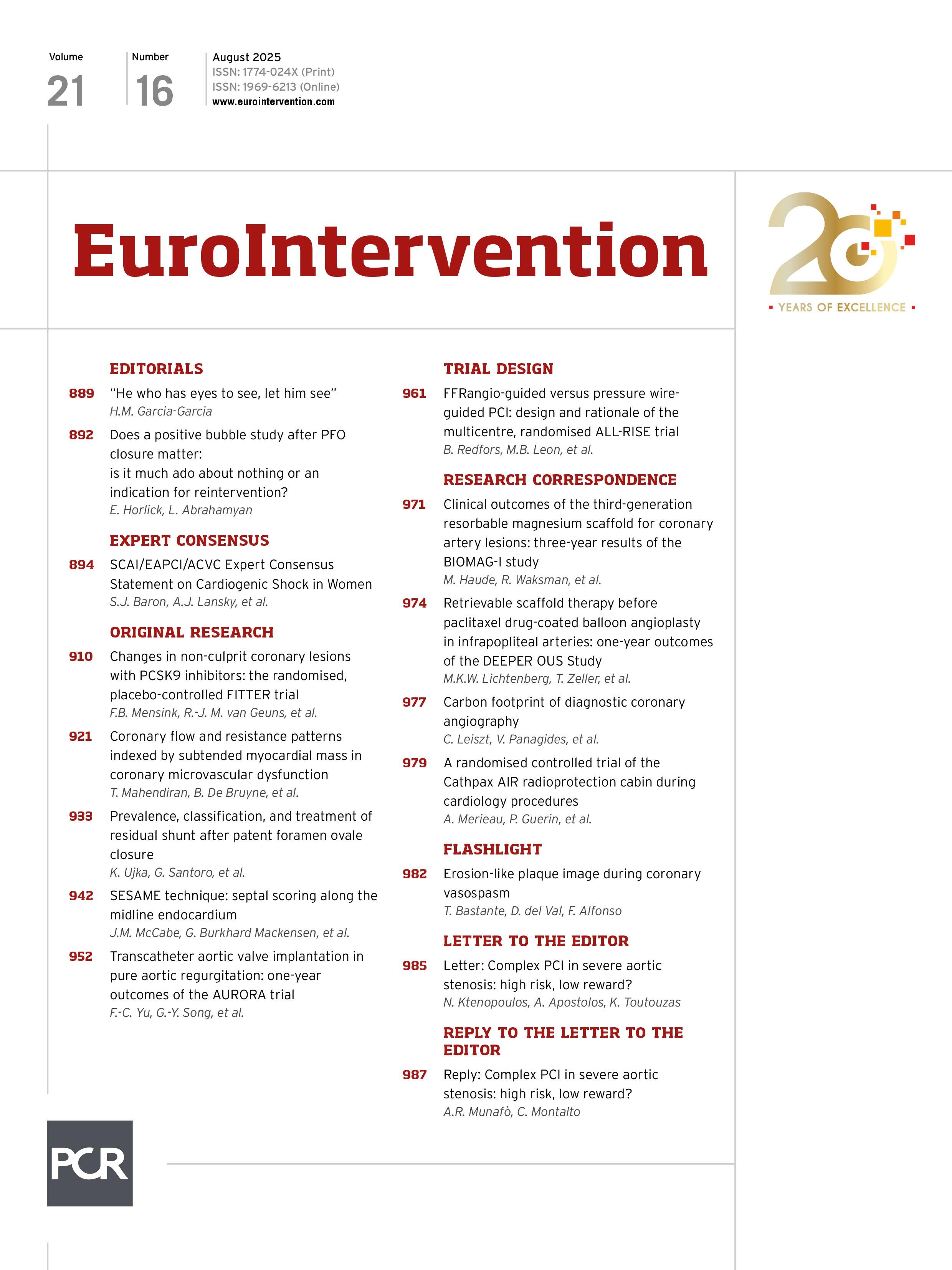Environmental concerns related to global warming impact all sectors of society, with healthcare contributing approximately 5% of global greenhouse gas (GHG) emissions – making it the 5th largest emitting entity on the planet. Annually, around 5 million cardiac catheterisation procedures are performed worldwide. Despite this, the healthcare sector is lagging in efforts to reduce GHG emissions, and there is a lack of detailed studies that accurately estimate the emissions generated by specific procedures1. Ditac et al reported that atrial fibrillation catheter ablation results in an average of 76.9 kg of carbon dioxide (CO2)-equivalent (CO2e) emissions, amounting to 125 tonnes of CO2e released daily2. Unfortunately, no studies have evaluated the carbon footprint of coronary angiography procedures. This work aims to estimate the overall and detailed carbon footprint of a coronary angiography procedure, with the goal of raising awareness among healthcare professionals and industry partners to reduce the GHG emissions associated with these procedures.
To conduct this study, we exhaustively catalogued all the equipment and treatments used during a standardised diagnostic coronary angiography procedure at our centre. After this, we...
Sign up for free!
Join us for free and access thousands of articles from EuroIntervention, as well as presentations, videos, cases from PCRonline.com

